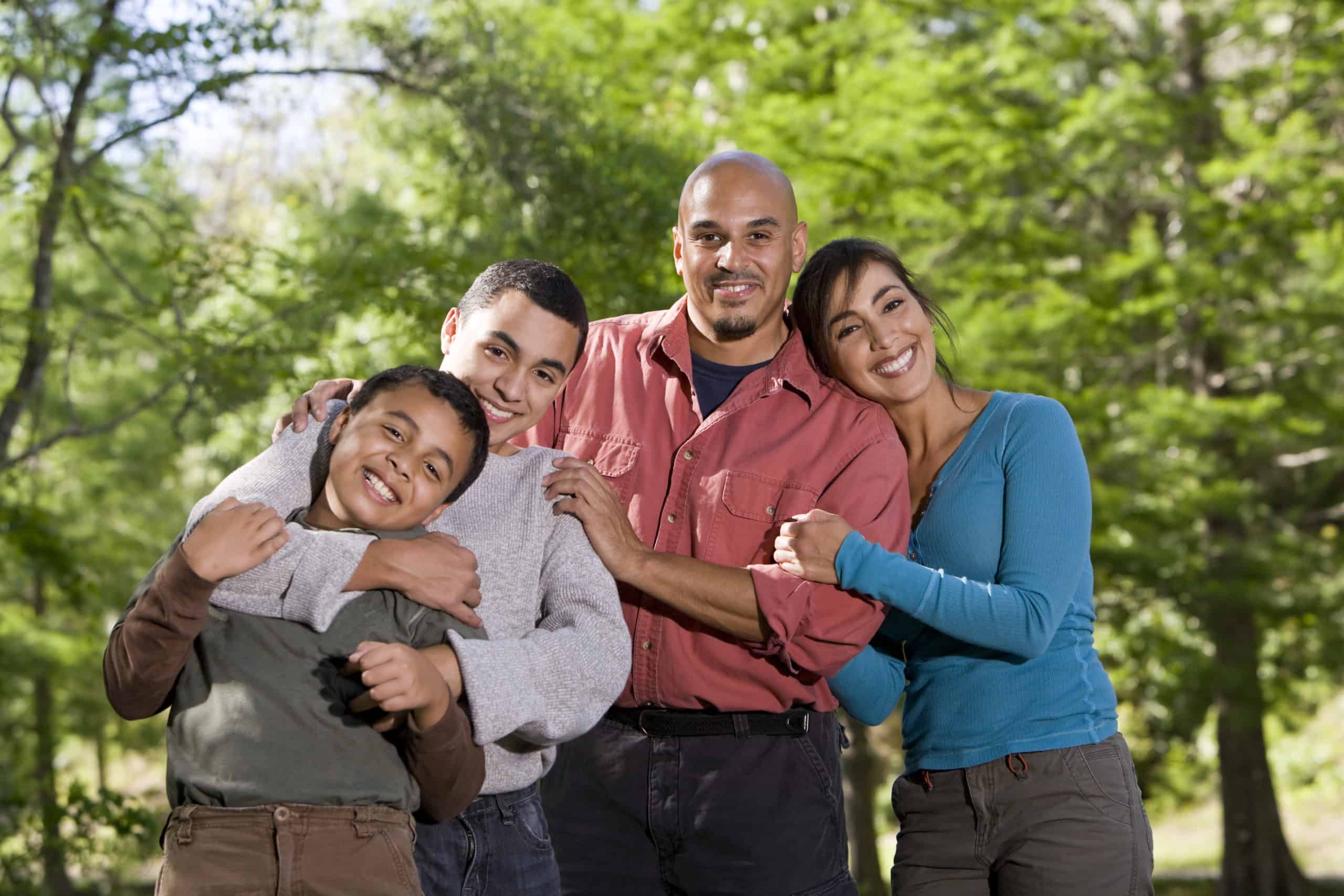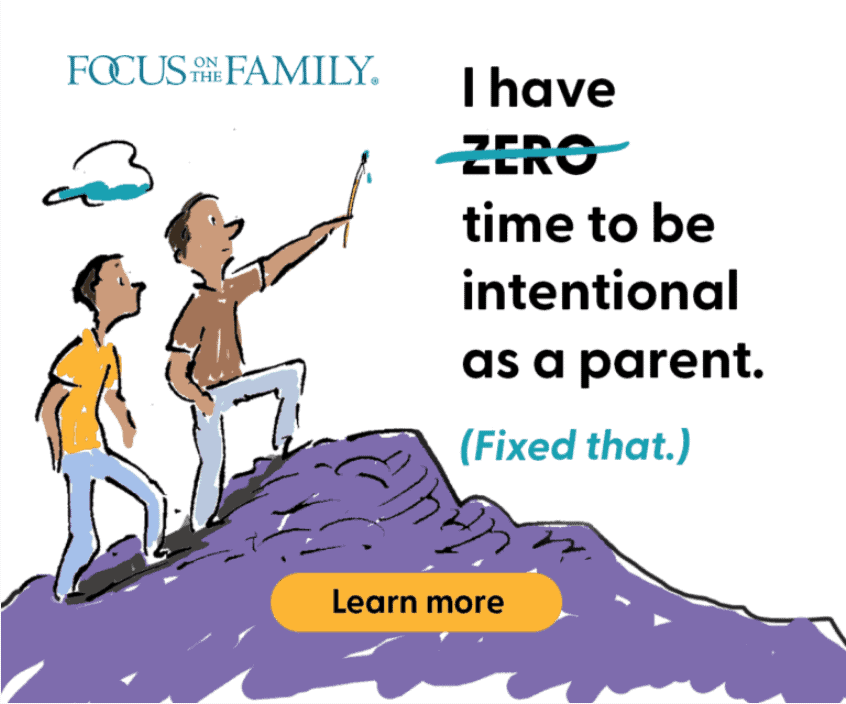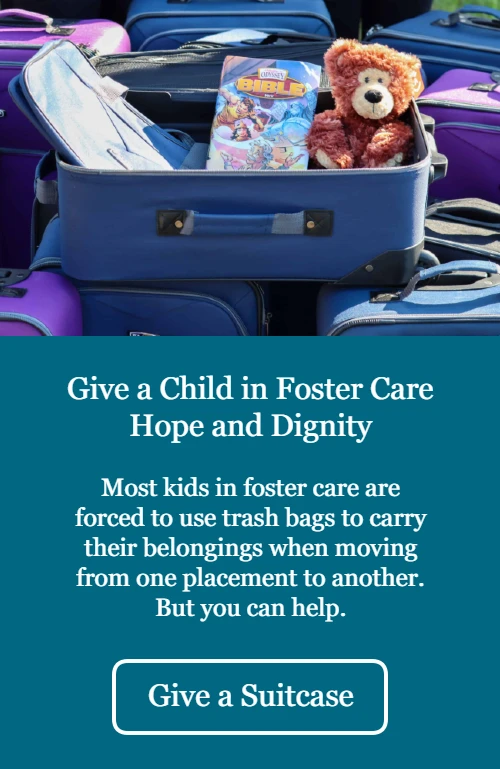Across the country, statistics suggest that of the approximately 400,000 children and teens in foster care in the United States, 50% will be reunified with their biological families.
As the leader of Palmer Home for Children, a residential and foster children’s program, I am constantly evaluating statistics like this to determine milestones on which to identify impact and evaluate progress. These statistics help us navigate the complicated world of caring for children. And they push us to serve more children – better – year after year.
When determining what benchmarks our organization should strive for, it is easy to focus on only the metrics that occur while a child is under our direct care. But to truly understand our service to the whole child, we must measure ourselves not just on what we do while the child is with us but on the entirety of the continuum of care, especially how well – and how often – we can reunify children with their families.
Keeping a Focus on Reunification in Foster Care

Christians faithfully give and invest millions of dollars into facilities like ours. They do so knowing that we care for and provide a loving and safe home to vulnerable children. Churches support these programs with ministries that provide foster families, funding, and spiritual influence. We build programs to develop trauma-competent employees. We work together to care physically, emotionally, socially, educationally, and spiritually for the displaced and hurting children at Palmer Home. All of this is incredibly important, but it might be so consuming that we risk losing sight of the one thing the child may need most: a path home.
With so much energy poured into the work of serving a vulnerable child, keeping the biological family together, as a first priority, might slip. Over the months or years, trying to make the best of a bad situation, our response to crisis can sometimes blow past the original problem and cause us to forget the original goal: family preservation.
Three Truths About Reunification
Two years ago, when we assessed our approach to care at Palmer Home and the accompanying benchmarks, it was obvious to me that reunification was on our list. But it was not a priority. Everyone cared deeply for our children, but after honest self-reflection, we needed to reaffirm the following truths:
- God created families to be together, not apart.
- The biological bond between child and parents is unique, and, however much it has been strained, we must give it love and support to thrive.
- Outcomes improve when children in foster care are safely reunited with their family, even if the foster family they leave behind has numerous resources.
If we know these things to be true, then detailed plans of foster care that do not begin with reunification in mind need to be rewritten. Let’s begin with the most positive end in mind and prepare for all possibilities.
When Reunification Seems Out of Reach
As we began to discuss and prioritize reunification, no one disputed that a safe reunification would be a great outcome. On the other hand, very few identified that as a first priority. Years of experience and failed attempts wear us down. The response can evolve into a mindset: “That’s great if it can happen, but it probably won’t, so let’s discuss our real plan.”

I understand. After all, the child is in foster care for a reason; he or she is currently safe with a foster family. And if you work in this field of foster care, you know how hard healthy reunification is to achieve. The longer the separation, the less likely it seems possible. Often, we are seeking transformation in a generational cycle of trauma and hurt. Many of the families of the children we serve have their own unresolved trauma. They may never have had the opportunity to experience healthy environments. These families are attempting to process their own past trauma while trying to build a safe home for their children. It is hard work.
What God Says About Restoration
But here is where the church and faith-based teams can leverage what we know to be true:
God teaches us to love and defend the oppressed.
He asks us to bear the burdens of others, to not faint or grow weary, but to trust in Him.
God teaches us to pray without ceasing, to have faith, and to believe against the odds.
He makes all things possible.
God taught us reconciliation and the price that must be paid to reunify.
Therefore, if there is a chance to restore what was broken, shouldn’t we do everything we can to make reunification work? Our calling is to serve in the here and now while also looking ahead to how we can help a family heal, reconcile, and reunify.
A Story of Redemption
Every year, we hold an awards event for our children at Palmer Home. It is a special night and one that always leaves an impact. But one specific night will forever stand out to me. Leading up to that year’s event, three of our children had begged their mother to please come. I knew this mom. She had faced her own trauma and hardship. Many times she was not able to show up for these children. I was afraid she once again wouldn’t make it and was working internally to keep my upcoming disappointment at bay. I thought of all the Palmer Home staff who would be there cheering them on and hoped that would be enough.
The night of the event, I gave my speech and handed out a few awards, but I was completely distracted. A glance over to the empty seat at the children’s table broke my heart.

Fifteen minutes into the event, a woman tentatively came in the back door. She had fixed her hair and wore a dress. I knew she felt out of place, but I was so relieved and overcome with emotion that I could not speak. This woman was battling so many demons—her past, relational wounds, the drugs, all of it. But here she was…when it mattered most. In that moment, she was trying to be a mother. The girls excitedly waved her over to the saved seat. All evening, the girls beamed with delight. They kept pressing into her for hugs as they received awards and shared the moment with their very own mother.
This experience, along with countless others, changed my perspective on reunification and biological families. The children we care for don’t need organic dinners, fancy clothes, and private schools to thrive. No matter how much of ourselves and our resources we share with them, above all else, they crave love and reconciliation with their biological family.
Our Calling as Christians to Support Families
Making reunification a priority in foster care is a calling for Christians to restore what God intended. Together through prayer, targeted intervention, and steadfast hope, I believe the church has the power to break the chains of trauma and help restore families. The statistics may only predict a 50% chance for success. But if we can help one child in foster care reunite with his or her family, we have won.
The heartbreak of separation is immeasurable; the 400,000+ children in foster care are hurt, lonely, and longing for reunification. That is where we come in. By providing trauma-informed holistic care while prioritizing and striving for reunification, we stand in the gap so that these families can know the joy of reunification.




















